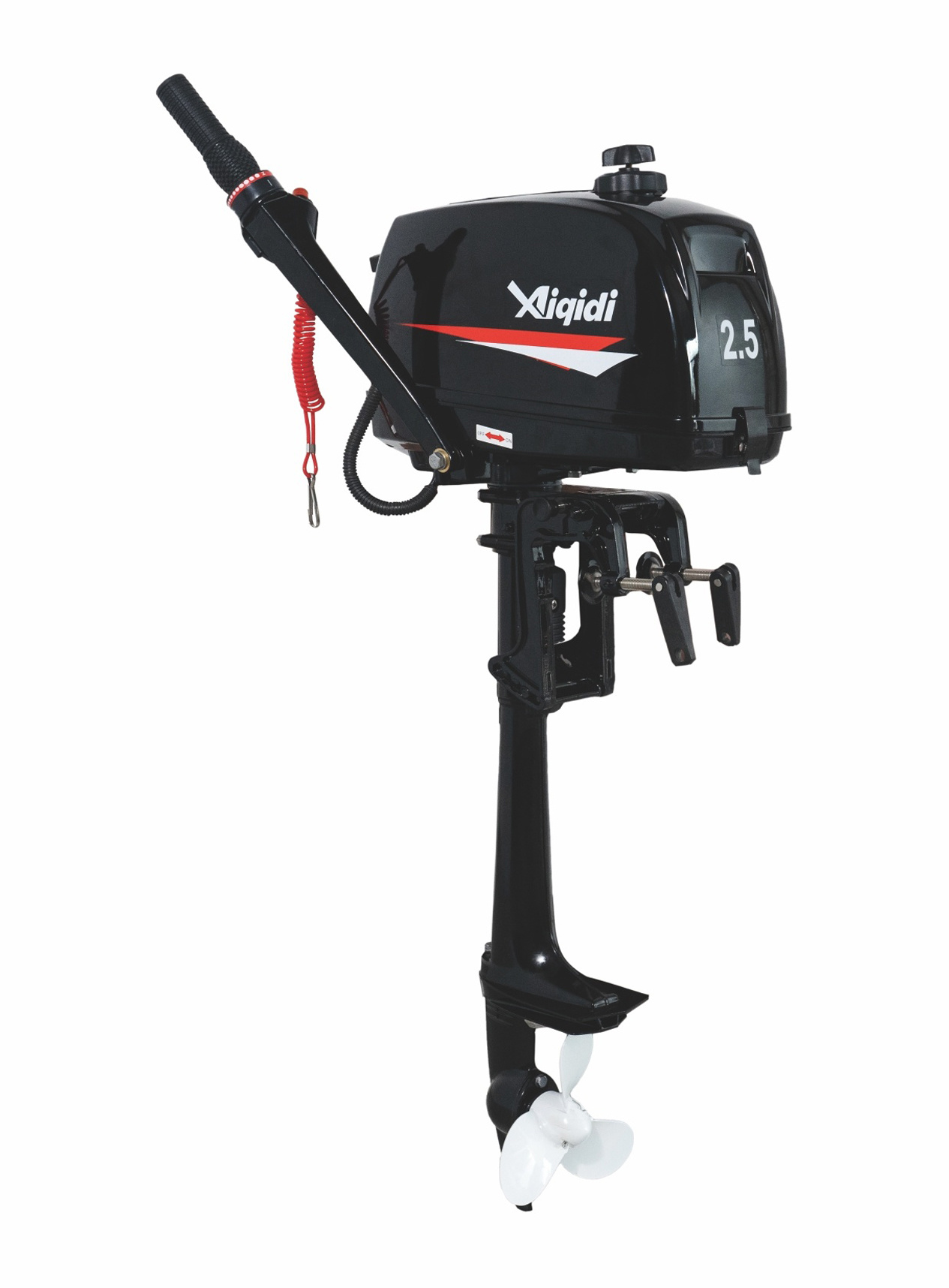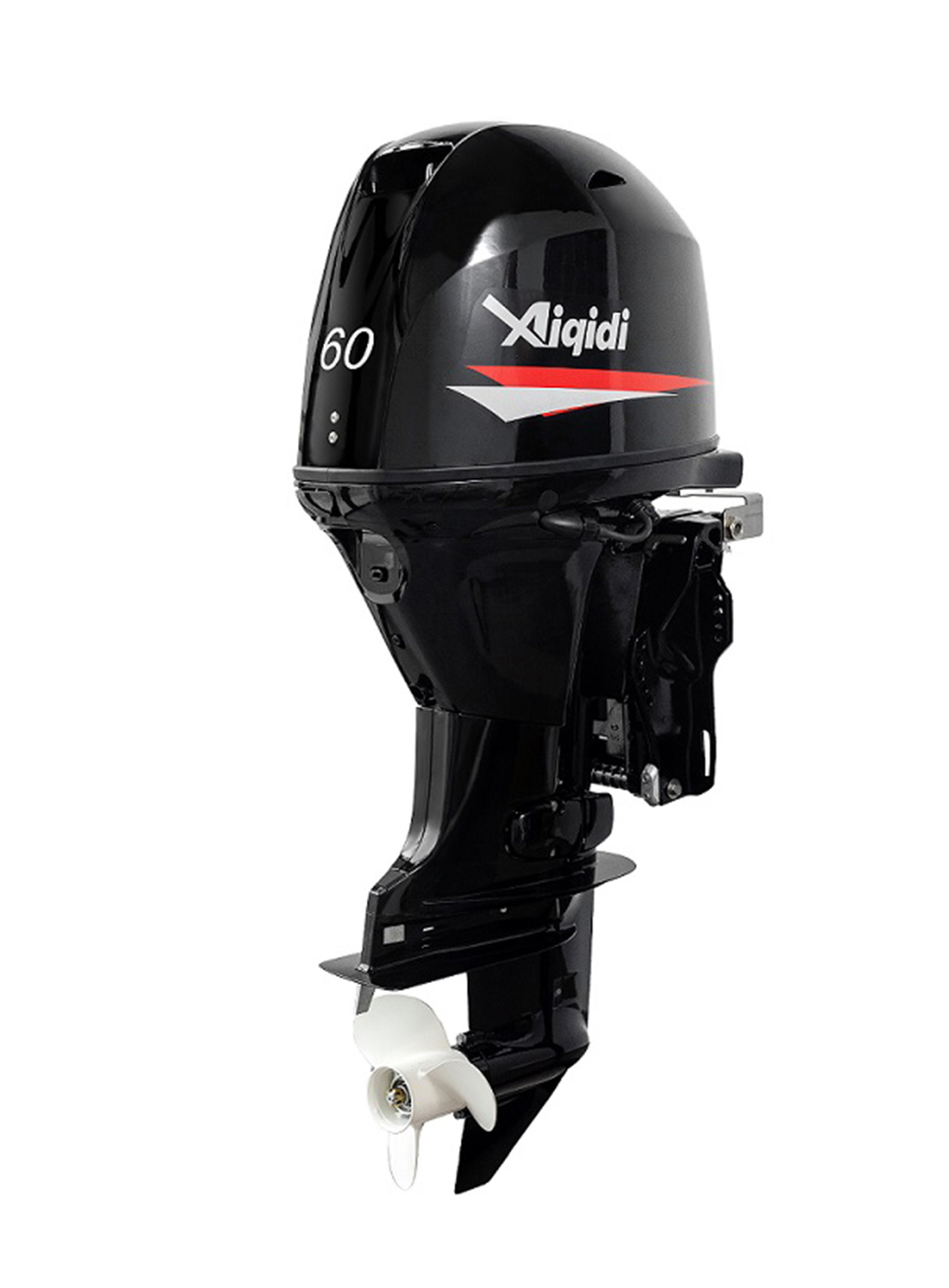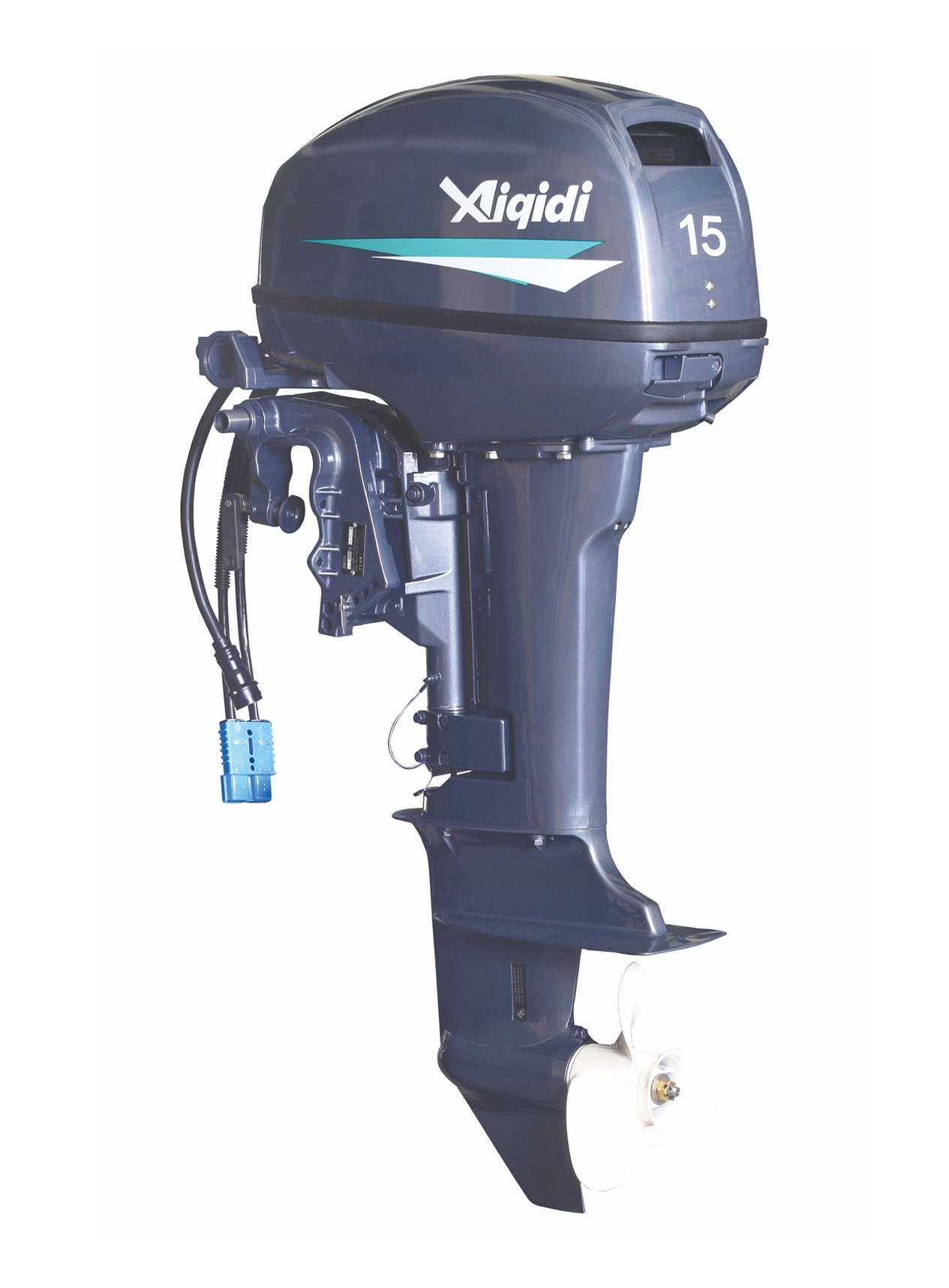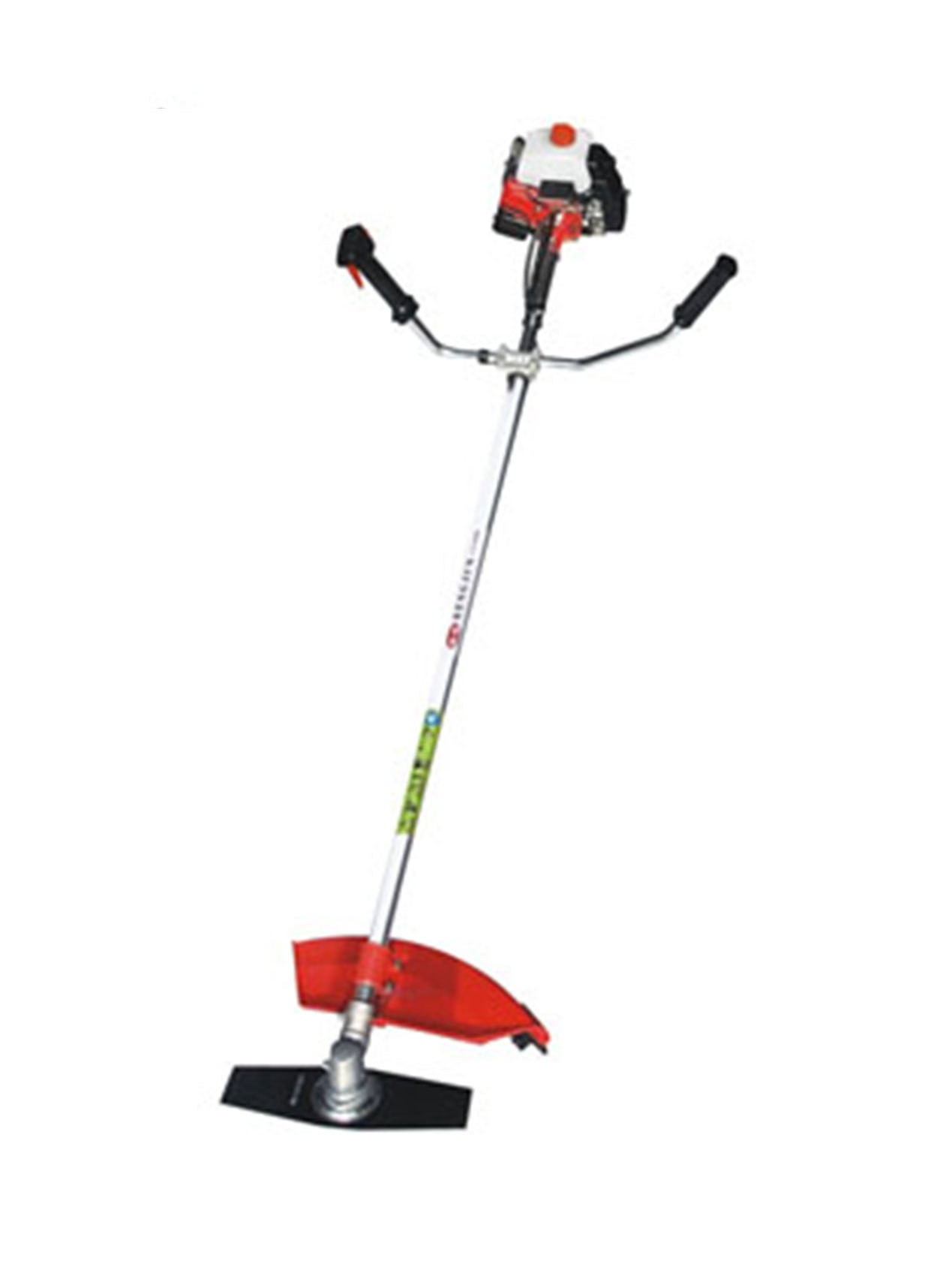Notes You Should Read Before Using an Outboard
Release Time:
2023-12-19
Outboard motors are now widely used in fishing, recreation, and government law enforcement industries. Some novices are not familiar with how to use outboard motors and what maintenance should be done. Inappropriate use can cause engine damage, so here are some tips for users to pay attention to to avoid some problems during use.
Tips for use
- Water-cooled outboard motors must be started in water; otherwise, it will easily cause the wear of water pump impellers and overheating of the machine.
- After adding engine oil, do not place it horizontally, because it would easily lead to oil leakage. Ten hours is the break-in period, after which the lubricating oil needs to be changed for the first time. The gear oil in the propeller must be replaced regularly.
- It is advisable to put the propeller of the water-cooled machine into the water for at least 40 cm. It is prohibited to test the machine without water or in a small water tank with a volume of less than 2 cubic meters. Otherwise, the water pump impeller will be burned out due to an instantaneous lack of water.
- When using an external fuel tank for an outboard motor, turn off the switch of the built-in fuel tank; otherwise, the oil and part of the air in the external fuel tank will enter the built-in fuel tank when pulling. In addition, before using the external oil tank, you need to pinch the pre-supply knob on the oil pipe a few times to supply oil so that the machine can start easily.
- It is forbidden to start the machine without lubricating oil.
- It is forbidden to slam the accelerator of the machine instantly, and it is forbidden to change gears at high speed; otherwise, the piston crankshaft and the transmission gear may break.
- The maximum throttle continuous operation time should not exceed 30 minutes. Otherwise, it will cause the piston to burn.
- It is forbidden to start operations in weedy shoals. Melting reefs and strandings can easily cause damage to the main engine gear. Poor water quality can easily cause cooling water system failure.
- The outboard motor must keep spraying water during operation. If you notice that the water spray port is not spraying water, please stop and check immediately. This situation is mostly caused by the high-speed rotation of the engine in neutral, so it is necessary to avoid high-speed engine rotation in neutral. Since the water inlet hole is relatively small, it may also be caused by debris in the river. Please check in time.
Notes for Daily Maintenance
Daily maintenance of outboard motors is crucial, especially for outboard motors used in seawater. After each use, you are supposed to start it in fresh water for a while to wash away the salt and prevent damage. Salt corrodes the machine, so cleaning is necessary before long-term storage. In addition, mixed fuel is more likely to deteriorate. It is recommended that mixed fuel be stored for no more than one month. In particular, plastic containers are more likely to get deteriorated and deteriorated fuel loses its lubrication effect, will seriously damage the machine, and must not be used.
What should you do before the outboard is to be left for a long time? Here are some notes for you.
Storage location: Choose a storage location that is dry, ventilated, and out of direct sunlight to protect the outboard from moisture and UV radiation.
Cleaning: Thoroughly clean your outboard before long-term storage. Remove dirt, salt, and other impurities and ensure the exterior surface is dry.
Lubricating oil change: Change the outboard motor's lubricating oil before storage. This prevents the acid in the old oil from corroding internal components. Make sure the new oil completely covers internal lubrication points and follow the manufacturer's recommendations for the appropriate lubricant type and specification.
Fuel Disposal: If the outboard uses a fuel system, it is recommended that the fuel system be completely drained before long-term storage. Impurities in the fuel can cause clogging or corrosion.
Corrosion Protection: Apply a corrosion inhibitor or rust inhibitor to protect the metal surfaces of your outboard. This protects metal parts from moisture and oxidation. Choose an appropriate preservative according to the manufacturer's recommendations.
Battery Protection: If your outboard relies on a battery for power, make sure the battery is fully charged and check the battery's charge level regularly. If possible, it is best to remove the battery from the outboard and store it in a dry, temperature-friendly place.
Regular Inspections: Inspect your outboard as regularly as possible, especially after long periods of storage. Check the condition of the lubricant, the cleanliness of the filter, and any visible damage or corrosion. If a problem is discovered, repair or replace the damaged parts as soon as possible.
Related News
2024-02-01





